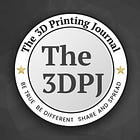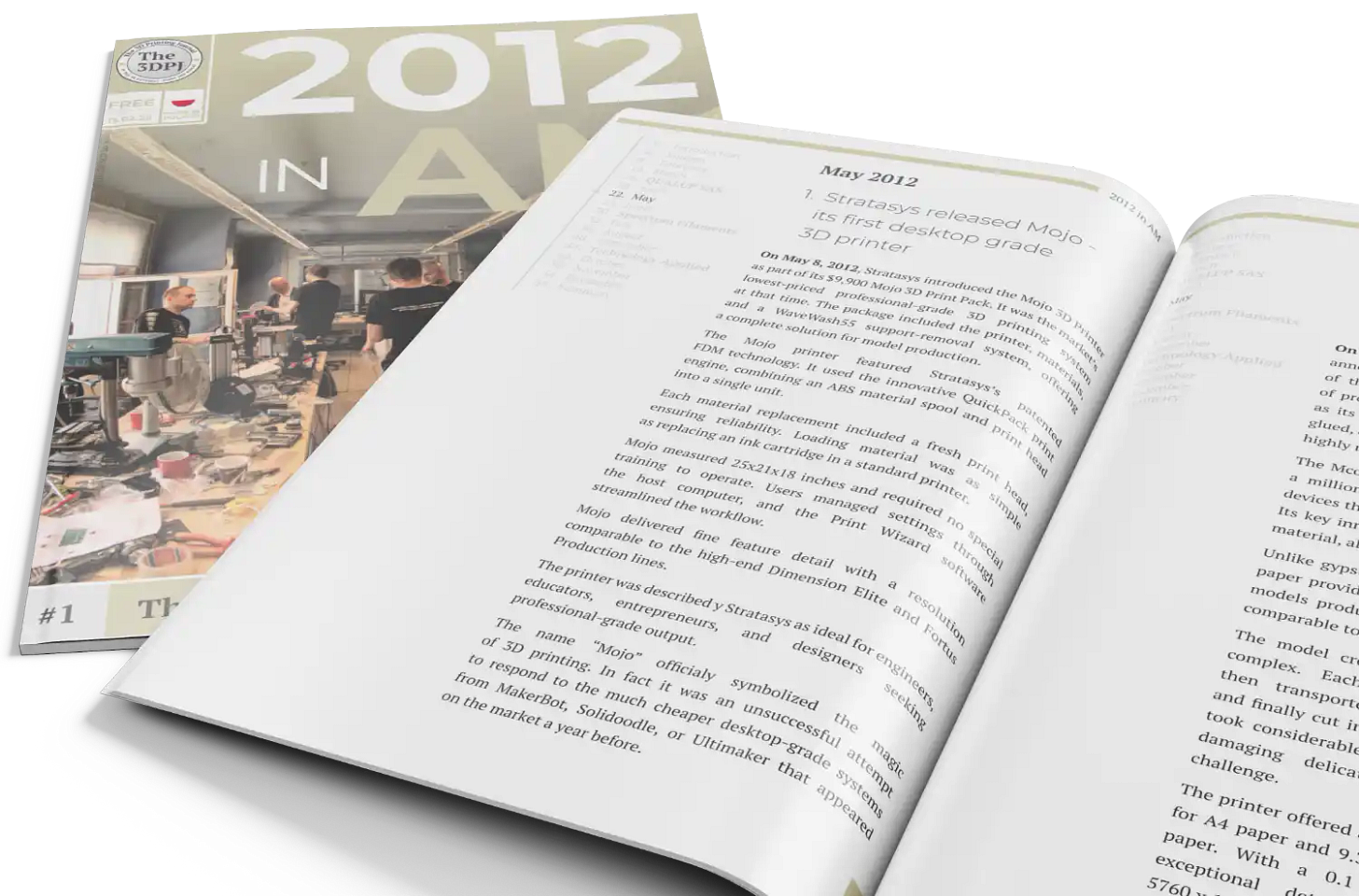Is Autodesk Fusion’s new nesting tool really a game changer? Guest commentary by Kris Binon (AMIS)
The Atomic Layers: S7E15 (00193)
Atomic Layer of the Day:
It turned out that my Thursday article about Autodesk's new tool – the nesting parts for powder-based 3D printing in the latest Fusion – caused quite a stir. It also gained a lot of attention, reaching 3K views in just two days (not a record, but more than usual).
A quick recap:
The new “3D Arrange (true shape)” function in Fusion’s 3D printing software enables optimal nesting of parts in SLS and MJF processes. The voxel-based method allows for precise control over part quantity, packing priorities, and rotation, increasing packing density while considering exclusion zones in printers from Formlabs, EOS, and Farsoon.
Additionally, the PBF process simulation now includes an option to account for laser operation time layer by layer, improving simulation accuracy.
An Autodesk Fusion license costs $680/year or $85/month, which is significantly lower compared to alternative options on the market.
In my final comment, I noted that this could have a significant impact on the AM software industry, as such a huge price gap between Autodesk’s solution and competing programs might not justify the additional benefits or features.
The day after publication, I was contacted by Kris Binon – Managing Director at AMIS, a Belgian company that develops nesting software for additive manufacturing, whom I know for some time. After a quick email exchange, I figured it would be best for all of us to hear the perspective of someone from a company that, according to my Thursday prediction, “might soon be in trouble.”
But first, a few words about AMIS – a software company specializing in nesting and production management solutions for AM. The company boasts an advanced nesting algorithm that allows for fast and efficient part placement in 3D printer build chambers.
They claim to nest 1,500 parts in an HP MJF printer in less than a minute, achieving a 14% packing density—which is over 50% more than standard solutions, which take around 10 minutes to reach an 8–9% density.
Wow.
Anyway, so, what does Kris Binon think about the new, low-cost competition from Autodesk?
“Autodesk offers an awesome set of solutions – no doubt about that. And it’s a great thing that they’re opening up the discussion on Build Prep: it’s a topic worth discussing. After all: it’s very much about time and money…”
Binon highlights the importance of higher part density, stating that: “just adding 10% or 25% more parts in your build box does make a quantifiable and important difference.”
From his perspective, in a production environment, these final optimizations can determine profitability—and if a company doesn’t implement them, its competitors will.
He also mentions the challenge of manually arranging hundreds or thousands of parts in a build chamber and specific challenges, such as large orthopedic rails, where software must optimize placement to maximize space efficiency.
But is denser always better? On the other hand, he points out that “denser nesting isn’t always an option, or a wise idea,” as overpacking can lead to quality issues and material waste.
He emphasizes the importance of controlling energy distribution per layer, whether it’s laser energy, heat transfer, or binding agent distribution:
“You need to be able to adjust the energy input per layer, in such a way that this input becomes as evenly spread as possible.”
And not all nesting algorithms handle these specific requirements well.
Another critical factor is software speed—if nesting takes 20 seconds instead of 20 minutes, an operator has more flexibility in process management—“It’s ok to just ‘try and renest’.” This means last-minute adjustments, like adding extra parts without extra costs, become much easier.
Binon also stresses the importance of axis control:
“You’d want to allow some parts to rotate over certain axes… But not all parts over all axes.”
Avoiding collisions and entanglements inside the build box is another crucial consideration. Some software requires separate checks for such issues, while others handle them automatically.
Finally, he points out that not all competitors offer similar features, especially in their basic versions—“Not all our ‘competitors’ have similar features embedded—or not in their ‘basic’ version.” He suggests that AMIS 3D provides nesting up to 10–50 times faster and up to 100% denser than any other software.
The Verdict?
Binon doesn’t dismiss the value of Autodesk Fusion’s new feature, but he argues that it’s not a one-size-fits-all solution:
“So, in the end, I’m sure all current providers have a ‘reason for existence.’ Some users will be absolutely delighted and helped with the new Fusion offer, whereas others will need to look for alternatives, as this or that feature is not embedded or not compatible with their workflow. And again: it’s good that this market segment is shaken up by providers that have the ability to do so—it will lead to clearer propositions, more (comparable) competition, and a thriving AM market.”
And I’ll wrap this up with the words of another industry colleague, Jarek Kozak from Technology Applied, who started this whole debate on The 3D Printing Journal:
“Finally, things are normalizing. Solutions are being priced at a reasonable value, instead of being overpriced just because it’s ‘3D printing.’”
Atomic Layer from the Past:
02-15-2017: DMG Mori acquired a 50.1% stake in the German metal AM veteran Realizer.
GET FREE HISTORY BOOK: ‘2012 in AM’
News & Gossip:
At the beginning of January I informed about the drastic restructuring in German division of GE Colibrium Additive in Lichtenfels. According to Fränkische Tag the company is cutting 90 jobs instead of the initially planned 120. A social plan and a transfer agency aim to mitigate the impact, offering severance and short-time transfer benefits. Overall, the company struggles with high costs and strict regulations. (Thanks to Johannes Lutz for the tip).
Researchers at Georgia Tech have developed polythioenones, a new class of fully recyclable polymers for 3D printing. These materials offer mechanical stability and chemical recyclability via controlled depolymerization. A promising variant, PCTE-Ph, maintains high thermal stability and reusability, potentially advancing sustainable 3D printing. Findings were published in Angewandte Chemie.
And the barely remembered Zortrax published its Q4 results yesterday, giving us a preliminary look at their full-year performance. Honestly, I wouldn’t normally write about this, but every now and then, resellers from different parts of the world reach out to me, asking: Hey, how's Zortrax doing over there in Olsztyn?
So, here’s my answer—things are going rather poor. But I’ll break down the financial report details for you tomorrow.




